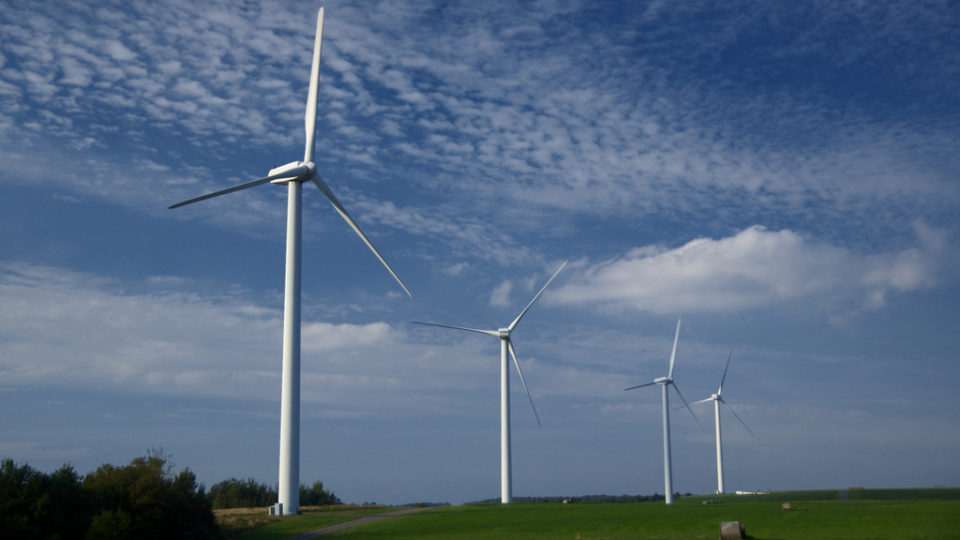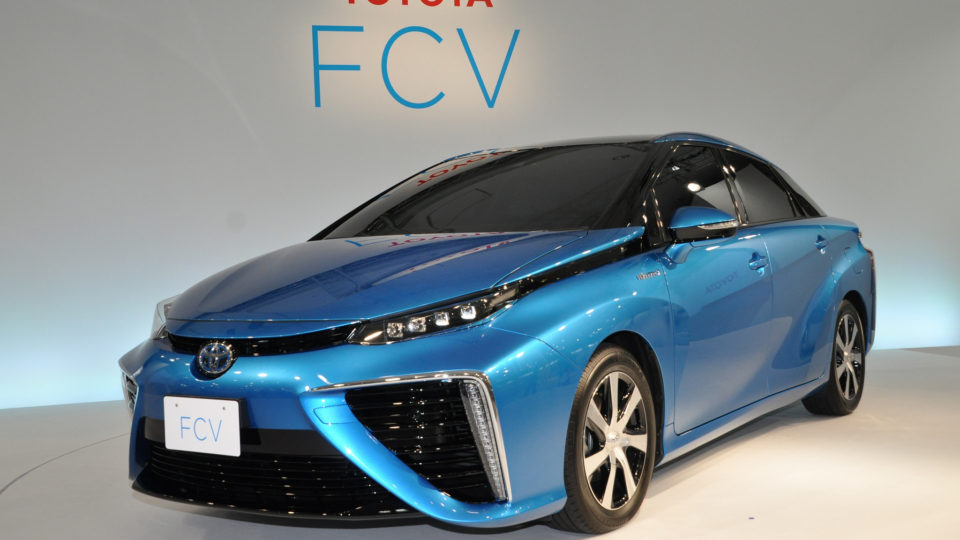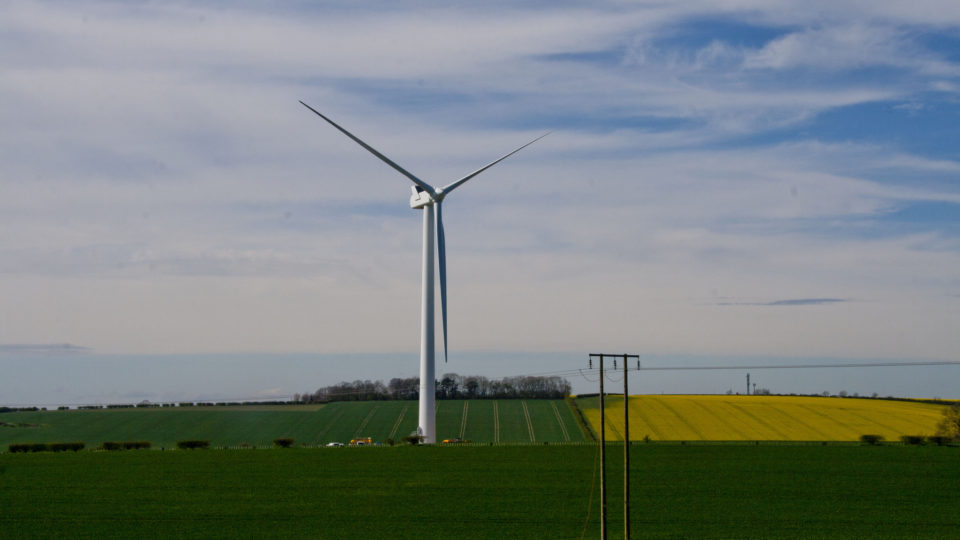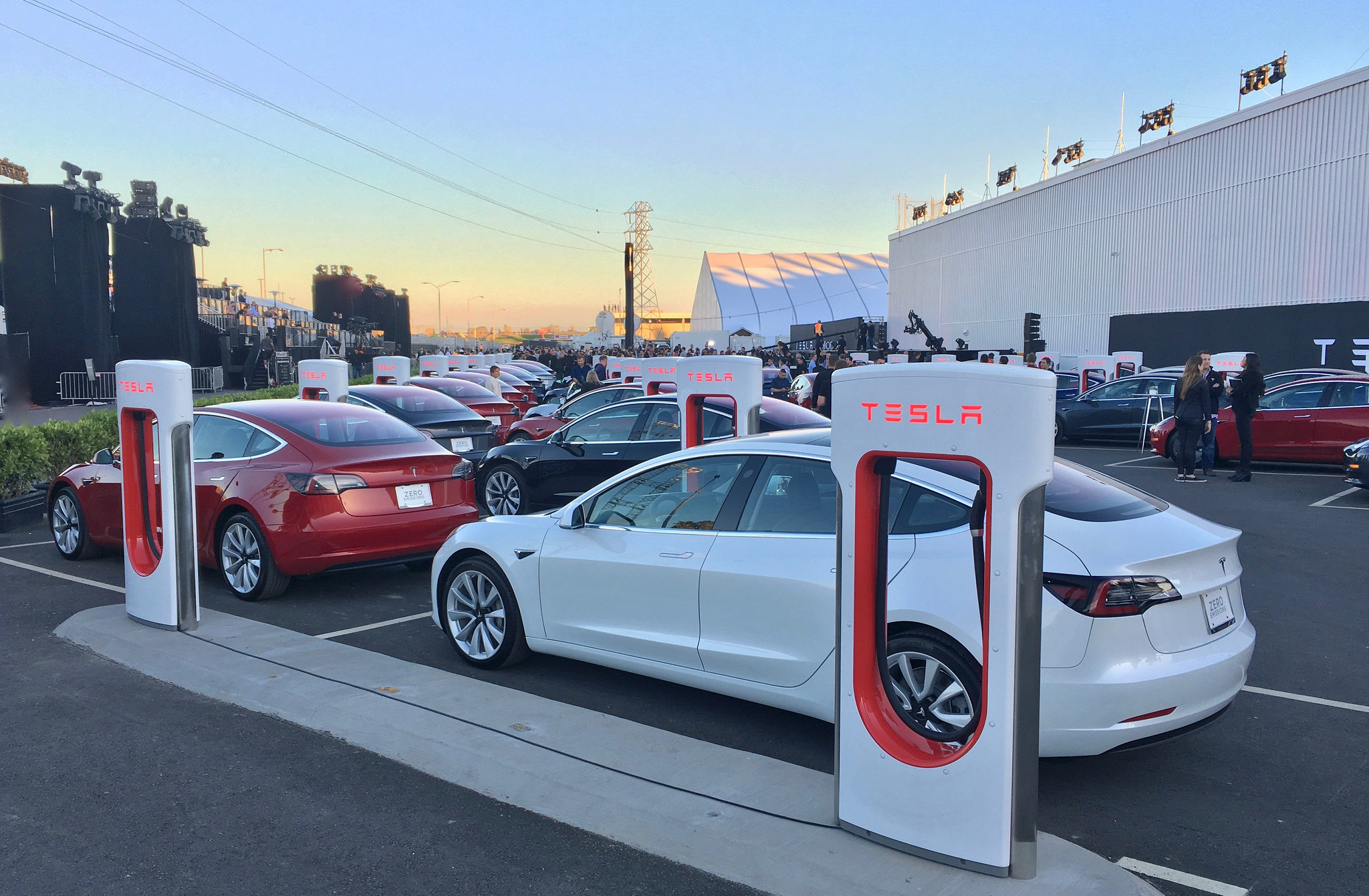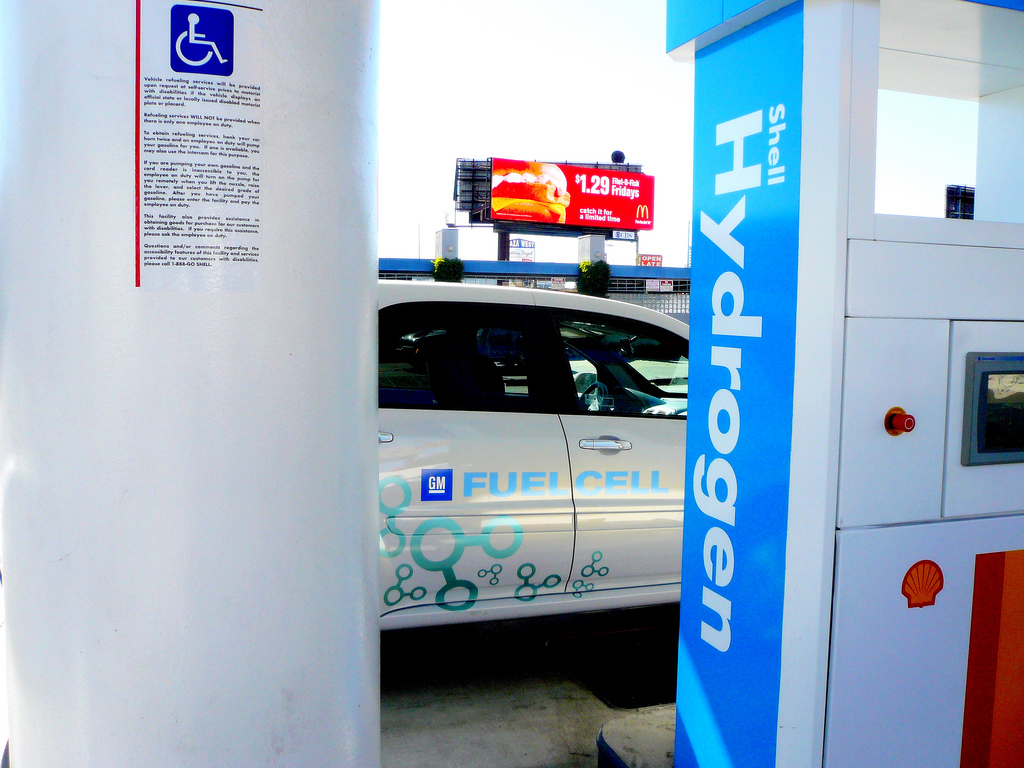fuel
Indirect Greenhouse Gas Emissions
When considering the greenhouse gas emissions associated with any energy source, it is important to look at the total life cycle emissions both from the direct use of the energy source and from the indirect emissions associated with building the system, producing and transporting fuels and other supplies and, ultimately, decommissioning the system. Taking all of this into consideration is necessary in order to have a full accounting of the carbon impact of power sources.
Transportation And Greenhouse Gases
Power plants have been the biggest source of greenhouse gas emissions in the United States for more than 40 years. But the ever-changing picture of electricity production has changed that situation. According to new data from the government’s Energy Information Administration, transportation has now taken over the top spot.
Toyota’s Hydrogen Factory
Toyota is one of several automakers that are promoting hydrogen fuel cell cars – electric cars that get their energy from fuel cells rather than batteries. Fueling one of these cars is much like filling up the tank of a gasoline-powered car, except that the fuel in question is hydrogen.
Turning Emissions Into Fuel
Reducing carbon dioxide emissions is an essential element in mitigating climate change. The best approach is to not produce the stuff in the first place and the ongoing transition away from fossil fuels is trying to do just that. But realistically, fossil fuels will be with us for a long time to come. Given that, additional approaches are necessary.
Economics Of Solar And Wind Power
It is well-known that the cost of both solar and wind energy has been dropping dramatically in recent years. That trend is largely responsible for the rapid growth of both power sources. A recent study has revealed just how remarkable the economic progress has been.
Turning Biofuel Waste Into Valuable Chemicals
When biofuels are made, tough plant material is left over as waste. The material is lignin, which is a main component of plant cell walls that gives plants their structural integrity. Lignin is made up of many valuable compounds, but taking it apart to extract them is very difficult.
[Read more…] about Turning Biofuel Waste Into Valuable Chemicals
Fuel From Greenhouse Gases
Carbon dioxide and methane are the two greenhouse gases that are having the greatest impact on the global climate. There are basically three ways to prevent them from getting into the atmosphere: don’t emit them, trap them and store them away, or turn them into something useful.
Lawnmower Pollution
Over 50 million Americans mow their lawns each week, which uses 800 million gallons of gas per year and produces tons of air pollutants. Garden equipment engines were completely unregulated with respect to emissions until the late 1990s and still emit high levels of carbon monoxide, volatile organic compounds, and nitrogen oxides. In fact, gas mowers and their relatives like leaf blowers and edgers produce 5% of the air pollution in this country.
Another Unconventional Fossil Fuel Source
It has only been about 10 years that fracking has been a big deal in the energy world. With it, a largely inaccessible source of fossil fuel became relatively easy pickings. And both the economic benefits and the attendant environmental problems have been grabbing headlines ever since.
[Read more…] about Another Unconventional Fossil Fuel Source
Ditching Gas And Diesel Cars
Electric cars represent only a tiny fraction of the overall auto market. The numbers are growing, most certainly, but they are still quite small in most places. The recent start of production of the Tesla Model 3 has attracted quite a bit of attention to electric cars, but in many countries, there is much more to the story than just media buzz about a new car.
Delivery By Fuel Cell
UPS recently announced a demonstration project that will put a prototype electric truck powered by a hydrogen fuel cell through the delivery company’s challenging paces. Fuel cells have been used in some commercial vehicles to power auxiliary systems, but this is the first time that they will be used to propel a vehicle.
The Methanol Economy
The methanol economy is an idea that was promoted by the late Nobel-prize-winning chemist George Olah since the 1990s. The idea is to replace fossil fuels with methanol for energy storage, ground transportation fuel, and raw material for hydrocarbon-based products. Methanol is the simplest alcohol and can be produced from a wide variety of sources ranging from fossil fuels to agricultural products to just carbon dioxide. Methanol can be used directly as a fuel or it can be reformed into hydrogen, which can then itself be used as a fuel.
A Hydrogen-Powered Train
It seems like something out of a science fiction movie, but a nearly silent train that glides along its tracks emitting nothing but water is a reality. In March, Germany conducted successful tests of the world’s first “Hydrail,” which is a hydrogen-powered, zero-emission train.
Hydrogen On Demand
Researchers at the Technion-Israel Institute of Technology have developed a new method for producing hydrogen from water using solar energy. If successfully developed, their approach would make it possible to produce hydrogen in a centralized manner at the point of sale such as at a fueling station for hydrogen-powered cars.
A Hydrogen Sponge
Hydrogen fuel cell electric vehicles are just starting to enter the market but they have a long way to go before they can even catch up with their battery-powered counterparts. Powering cars with hydrogen has the advantage that fueling the vehicle is much like what we are used to: pull up to the pump, fill your tank for a few minutes, and drive off.
Accidental Ethanol From Carbon Dioxide
Scientists at the Oak Ridge National Laboratory in Tennessee were trying to find a series of chemical reactions that could turn carbon dioxide into a useful fuel. But the unexpected occurred: they found that the first step in their process actually got the job done all by itself. The reaction turns CO2 into ethanol, which is already used to power generators and vehicles.
Canadian Carbon Tax
The Canadian government has chosen a carbon tax as its national policy to reduce greenhouse gas emissions. This aggressive move could have major repercussions around the world.
Turning Sunlight into Fuel
When looking at the best ways to meet humanity’s energy needs, there is little doubt that the sun is the ultimate answer. In one hour, the Earth receives enough energy from the sun to meet all of our needs for a year. Despite this fact, the world currently only gets about 1% of its energy directly from the sun.

